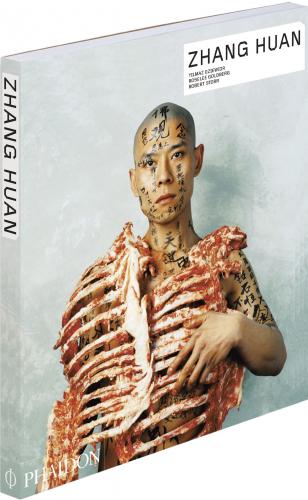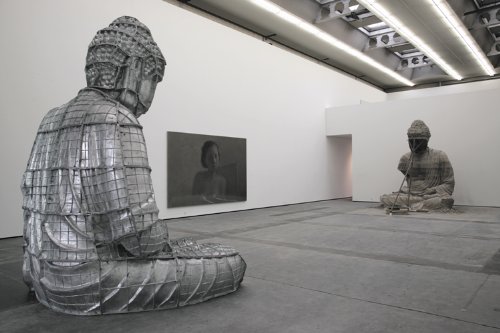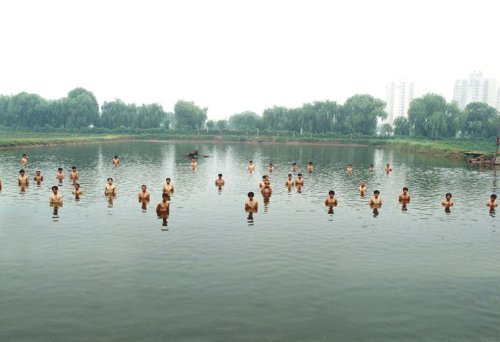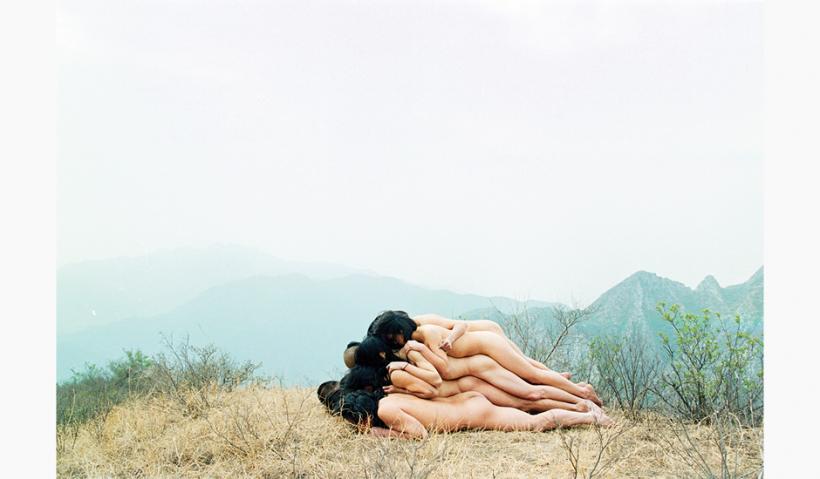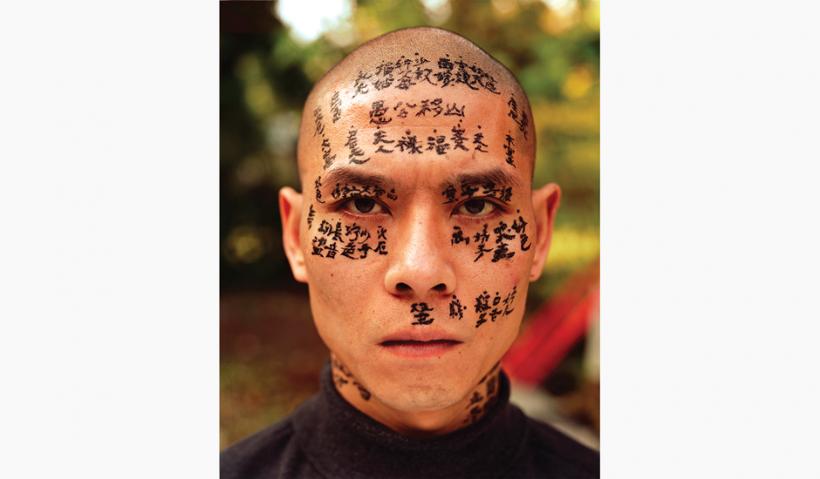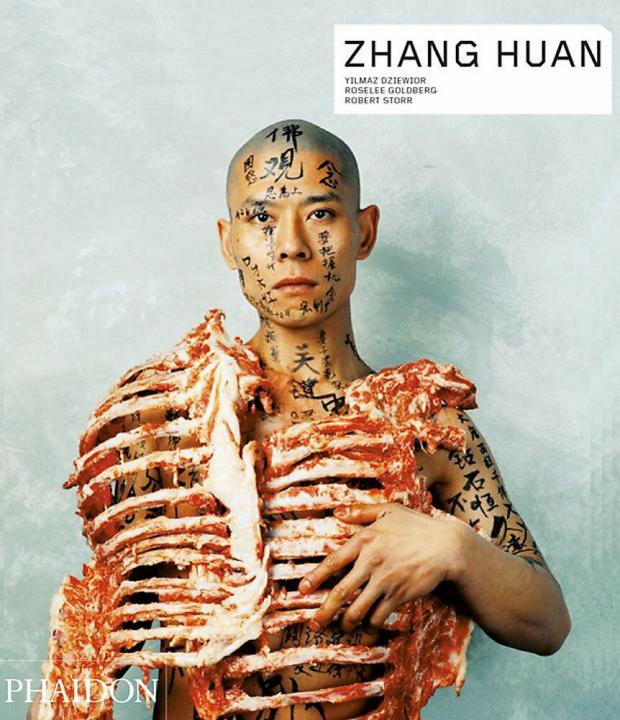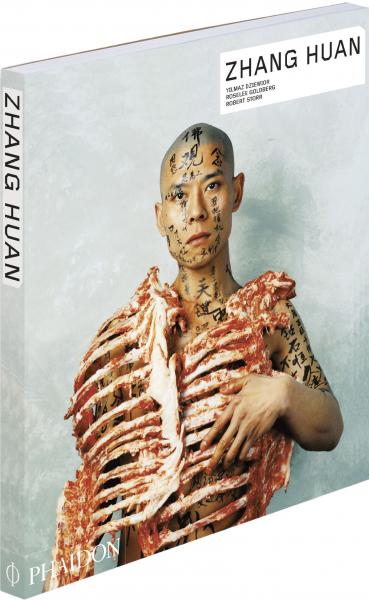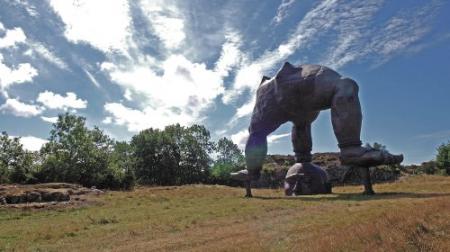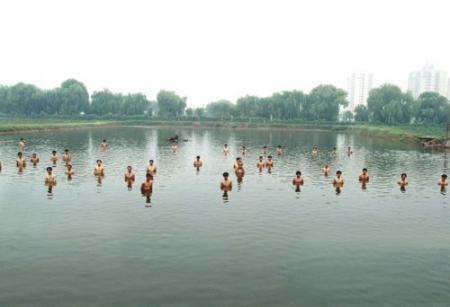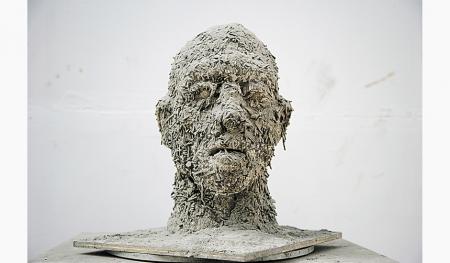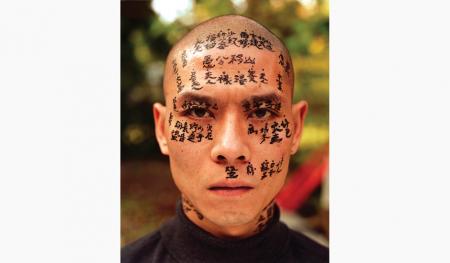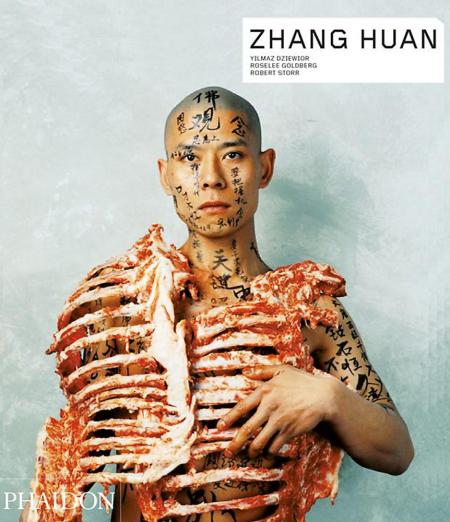Survey by Yilmaz Dziewior, Interview by RoseLee Goldberg, Focus by Robert Storr, Artist's Choice by Tiguang, Artist's Writings by Zhang Huan
A look at the remarkable Chinese performance artist, sculptor and painter.
Zhang Huan has emerged as one of the most important artists of his time, a fearless explorer of the limits of the human body and a key figure in the flourishing Chinese art scene. His earliest performances, including 12m2, 65 kg and To Raise the Water Level in a Fishpond, subjected his body to gruelling tests of endurance while addressing the relationship between physical endurance and spiritual tranquillity.
Zhang’s move to New York in 1998 contributed to his emergence as one of the most widely recognized figures in international contemporary art and led to performances in cities around the globe, including Sydney, Rome, Shanghai and Hamburg. In 2006 he established a studio in Shanghai, where he began to seek a greater connection to Chinese heritage and history. This marked a new direction in his work, as he turned from performance to sculpture, painting, and installation. Through creating large-scale sculpture, often using found objects such as doors from rural Chinese homes, he continues to explore new ways to render his interest in the human body and its unique language.
Buddhist themes, which figured indirectly into his early work, took on a more prominent role after a visit to Tibet in 2005. There, he began collecting fragments of Buddhist sculptures, which he then used as models for massive copper figures. Upon his return to Shanghai, he began to use incense ash from local Buddhist temples in his sculptures and paintings. The ash, a product of religious offerings, strengthens the link between his art and his Buddhist spiritual practice.
In the Interview, RoseLee Goldberg discusses with Zhang his life and motivations, his childhood in the rural province of Tangyin and his realization that his body could be the best vehicle to express himself. Yilmaz Dziewior’s Survey analyses the evolution of Zhang’s work from his early, controversial performances in Beijing through to his interest in Buddhism and his recent development of monumental sculptures and paintings, some requiring over a hundred assistants. Robert Storr focuses on Canal Building (2007), an epic ash painting that serves as a testament to the tremendous power of collective labour. For Artist’s Choice, Zhang has selected an extract from the teachings of the ancient monk tiguang compiled by his disciple Miaoji. Artist’s Writings include Zhang’s own illuminating thoughts on his art and his life, including a previously unpublished artist’s statement.
About the Authors:
Interview: RoseLee Goldberg is an art historian, critic and curator who pioneered the study of performance art. Author of several seminal books, including Performance Art: From Futurism to the Present (1979) and Performance: Live Art from the 1960s (1998), she is the Founding Director of ‘Performa’, a non-profit organization for the development, commission and presentation of performance art.
Survey: Yilmaz Dziewior is a critic and curator based in Hamburg, where he is a professor in art theory at the Hochschule für bildende Künste. Formerly Curator at the Ludwig Museum in Cologne and Director of the Kunstverein in Hamburg, where he organized an exhibition of Zhang Huan’s work in 2002, he is currently Co-Curator of the 7th Biennial Exhibition of Visual Arts in Limerick (2009). His writing has been published in Artforum, Camera Austria and Texte zur Kunst, as well as in numerous exhibition catalogues.
Focus: Robert Storr is Dean of the School of Art at Yale University. Formerly Senior Curator at the Museum of Modern Art in New York, he directed the SITE Santa Fe Biennial in 2004 and the Venice Biennale in 2007. He was a contributing author to Phaidon’s Alex Katz (2005), Louise Bourgeois (2003) and Raymond Pettibon (2001), and writes regularly for numerous journals and magazines, including Art in America, Frieze and Parkett.
